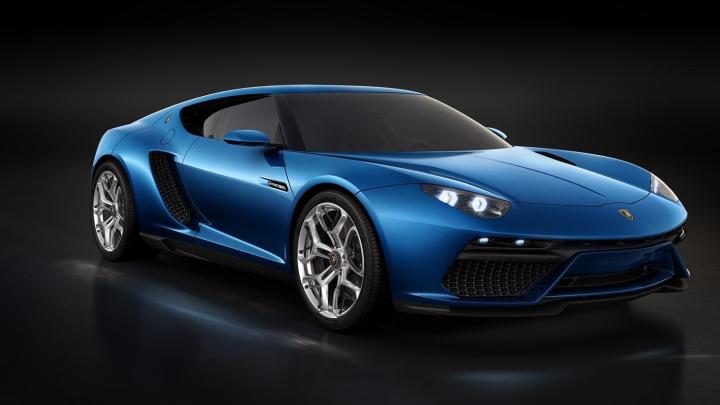
Speaking to Autocar, Lamborghini CEO Stephan Winklemann said that the hybrid was built to demonstrate what would be possible from the exotic supercar maker if emission regulations forced them to move towards a partially electric powertrain. “A Lamborghini super-sports car is driven maybe 3,000 miles a year, not every day, so the electrification has to offer an added intensity to justify its inclusion.”
Lamborghini unveiled the concept at last year’s Paris Auto Show, where the hybrid concept boasted 610 horsepower from a 5.2-liter V10 engine, combining with three electric motors that would boost the output to 910 hp. With this kind of power, the Asterion would’ve been able to leap from zero to 60 in three seconds flat, topping out at 198 mph.

Three of the world’s top performing supercars all feature a hybrid layout, like Porsche’s 918 and the McLaren P1, but the Asterion would be much lower-tiered and priced at around $400,000.
In its place, Lamborghini will be moving forward with the Urus SUV, going from concept to production by 2018. Little is still known about the upcoming utility vehicle, but it will presumably share a platform with the Audi Q7 and the upcoming Bentley Bentayga, all of which are built by VW group. Power output is unknown, but Lamborghini is shooting for a target of “around 600 bhp” and a top speed of at least 186 mph. If that seems specific, its because that’s the fastest speed most tire makers guarantee for 4×4’s.
While we wait for Urus details, we’ll just imagine the Asterion concept being packed in a crate and sent to the same expansive warehouse the Ark of the Covenant was shipped to at the end of Raiders of the Lost Ark.


